Tackling Overcrowding with Video Analytics: A Smart Solution for Public Transport
This article explains how overcrowding occurs, highlights the negative consequences of it in public transportation, points out the options either for prevention or measures against overcrowding, and addresses how Isarsoft Perception can be a smart solution.
Published
July 3, 2023

As urban populations continue to grow and the demand for efficient mobility rises, the negative consequences of overcrowding become increasingly evident. This article aims to shed light on the potential risks associated with overcrowding and emphasizes the need for effective solutions to mitigate these dangers.
What is Overcrowding?
Overcrowding refers to a situation where the number of individuals or objects occupying a particular space exceeds its intended or optimal capacity. It occurs when there are more people or things in a given area than what it can comfortably accommodate or sustain. It is often linked to discomfort, inconvenience, and safety risks for affected persons.
Where can Overcrowding occur?
Overcrowding can happen in any public space whether in schools, in the city during demonstrations, or public events in stadiums but also in the densest area: public transport.
Public transport is the area which can have the highest density in public, it can either occur at the platform or in the vehicles.
Why does Overcrowding happen in Public Transport?
Overcrowding is a phenomenon that can occur because of several factors.
- High Demand: Public transportation systems often experience peak hours when large numbers of people need to commute simultaneously, such as during morning and evening rush hours. The demand for transportation services exceeds the capacity of vehicles available, leading to overcrowding.
- Limited Capacity: Public transport vehicles have a limited number of seats and standing spaces. If the number of passengers exceeds this capacity, overcrowding can occur. It is particularly common in densely populated areas or on popular routes.
- Inadequate Service Frequency: If the frequency of public transport services is insufficient to meet the demand, passengers may face long waiting times between vehicles. As a result, when a vehicle arrives, passengers rush to board, increasing the likelihood of overcrowding.
- Infrastructure Constraints: Public transport infrastructure, such as bus stops, train platforms, or subway stations, may not have enough capacity to handle a large influx of passengers. Insufficient platform space or limited access points can contribute to overcrowding during peak hours.
- Service Disruptions or Delays: When there are service disruptions, delays, or cancellations, the number of passengers waiting for the next available vehicle can accumulate rapidly. This can lead to overcrowding when the delayed or resumed service arrives.
- Events or Special Occasions: Public transport can become overcrowded during major events, concerts, or festivals when a large number of people are traveling to or from the event location. These temporary surges in demand can strain the capacity of the transport system.
Risks of Passenger Overcrowding
Balance issues
When trains become overcrowded, uneven weight distribution can lead to significant balance issues. Because passengers tend to congregate in certain areas, such as near entrances which are causing an imbalance. This uneven weight distribution can affect the train's center of gravity, potentially compromising its stability and increasing the risk of derailment or accidents.
.jpg)
Increased stopping distance
The increased number of passengers on board adds to the overall weight and mass of the train. The additional weight requires more braking force to slow down the train, leading to an extended stopping distance.
Delays
Huge crowds slow down the boarding and alighting process by congestion at entrances, this creates a higher dwell time of vehicles in stations. The higher weight is the main reason for the reduced speed of vehicles.
Injury
Overcrowding restricts the available space within train carriages, making it difficult for passengers to move freely or find stable footing. This lack of personal space can lead to accidental collisions, trips, slips, and falls.
Health Issues
Overcrowded places with inadequate ventilation can lead to poor air quality. Breathing in stale air and a high concentration of pollutants can cause respiratory problems and together with high density and temperature, it increases the risk of passengers passing out.
Psychological impact
Tight spaces with large crowds for extended periods can cause stress, anxiety, and feelings of claustrophobia. The constant noise, lack of personal space, and limited control over the environment can lead to irritability, reduced well-being, and increased aggression. These are factors that are important to prevent these factors in order to maintain safety.
Higher Contagion
Heightened risk of spreading infectious diseases. Crowded transport systems create an environment where pathogens can easily be transmitted from person to person. The lack of personal space, limited ventilation, and proximity to others facilitate the rapid spread of illnesses or diseases.
Criminal Activities
Overcrowding creates opportunities for theft, pickpocketing, and harassment. The crowded nature of public spaces and transport systems can make it easier for perpetrators to blend in and exploit vulnerable individuals.
Overall you can say that overcrowding is harming the infrastructure and the health of passengers and thus is a huge safety crucial and business-harming factor for transportation companies, because of diminished user experience due to frustration.
Legal Situations
The legal situation regarding overcrowding in public transport varies depending on the specific regulations in place. But in most countries, the laws and regulations address public safety. Transportation operators or authorities often have a legal obligation to take care of passengers and visitors. This duty includes taking reasonable measures to prevent overcrowding, providing adequate facilities, and maintaining a safe environment.
Solutions
Crowd Management
Refers to the process of effectively organizing, controlling, and ensuring safety. It involves developing strategies, protocols, and measures to handle crowds.
Important components of crowd management are: Determining the maximum capacity, identifying potential risks, developing emergency response plans and procedures, as well as ensuring an adequate number of security personnel.
The last aspect leads to the second part of solutions for overcrowding.
Crowd Control
This involves measures and techniques used to manage and regulate the behavior, movement, and safety of large groups of people. It involves maintaining order, preventing disturbances, and ensuring well-being.
Common methods and techniques of crowd control are establishing physical barriers and providing clear signage to define specific areas, control access points, guide the flow and in worst-case scenarios De-escalation and conflict resolution are necessary.
Isarsofts Approach
To tackle this problem with all its risks, innovative solutions like video analytics are being leveraged to effectively manage and mitigate overcrowding situations. Systems like Isarsoft Perception, powered by advanced technologies such as artificial intelligence and computer vision, offer a range of solutions to address overcrowding. Here are some key ways in which video analytics can help combat overcrowding:
Automated Crowd Counting
Video analytics can accurately count the number of people in specific areas, such as platforms, stations, or buses. By automating this process, transportation operators can have real-time information on passenger loads, allowing them to make data-driven decisions on resource allocation and crowd management strategies
Real-Time Crowd Monitoring
Video analytics can provide real-time insights into crowd density, movement patterns, and congestion hotspots. By analyzing video feeds from existing cameras, transportation authorities and operators can have a comprehensive understanding of overcrowding situations as they unfold. This enables proactive decision-making and resource allocation to alleviate congestion promptly.
Capacity Planning and Predictive Analytics
Because of video analytics, exported historical data can be analyzed for future crowd patterns and estimate capacity requirements. This helps transportation authorities optimize schedules, deploy additional services, or implement crowd control measures in anticipation of peak periods, minimizing overcrowding scenarios and ensuring a smoother flow of passengers.
In summary, the implementation of smart counting systems and passenger flow analysis can aid in managing crowd density and improving overall safety.
More about Isarsoft
With Isarsoft Perception, your camera systems become part of your business intelligence. Whether the goal is to increase efficiency, customer satisfaction or safety, Isarsoft Perception provides the insights needed for informed decisions.
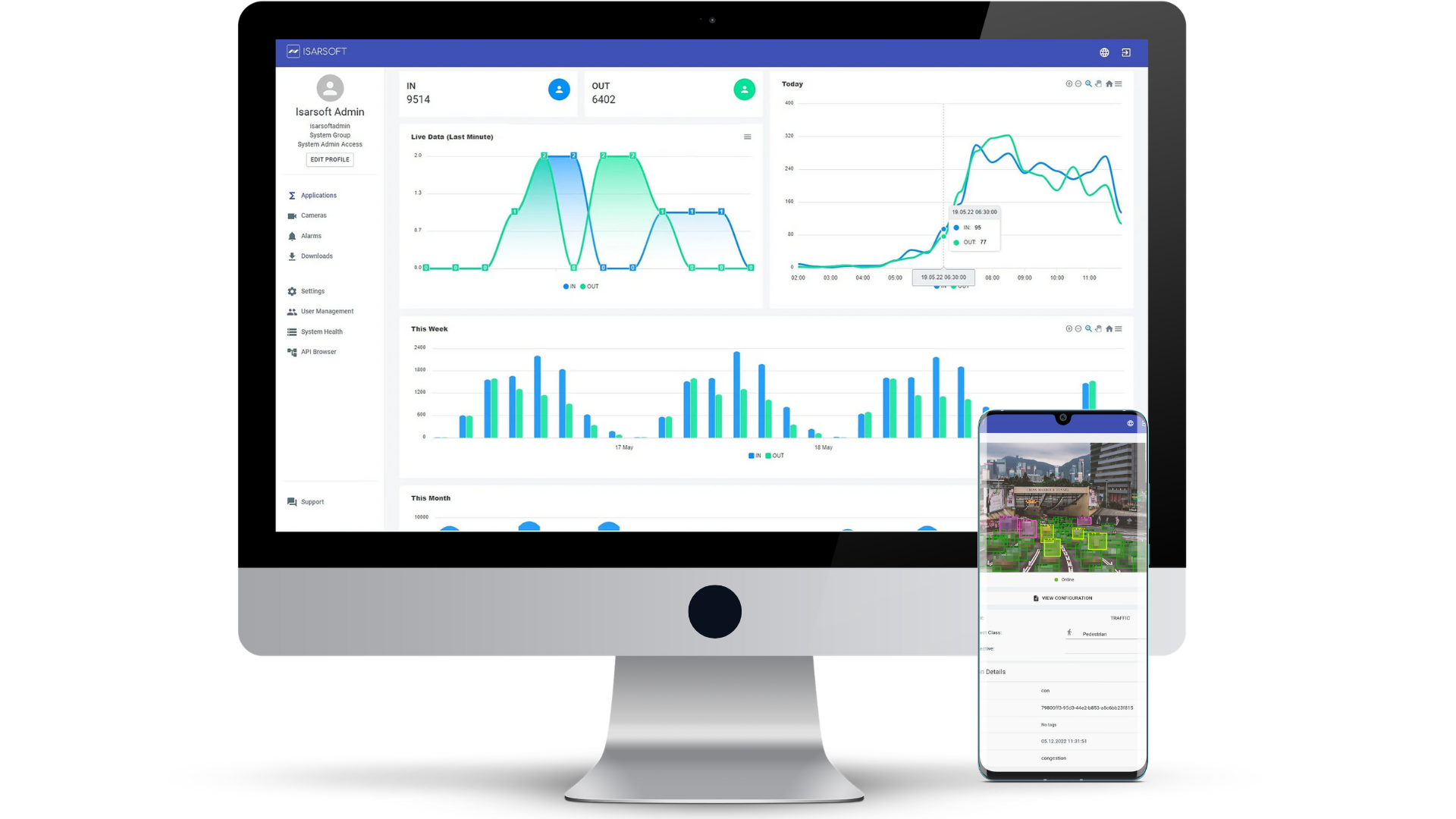
Contact us, to learn more about how to turn security cameras into intelligent sensors.
Further References:
Optimize your business processes.
Improve business processes with video-based business intelligence from Isarsoft.
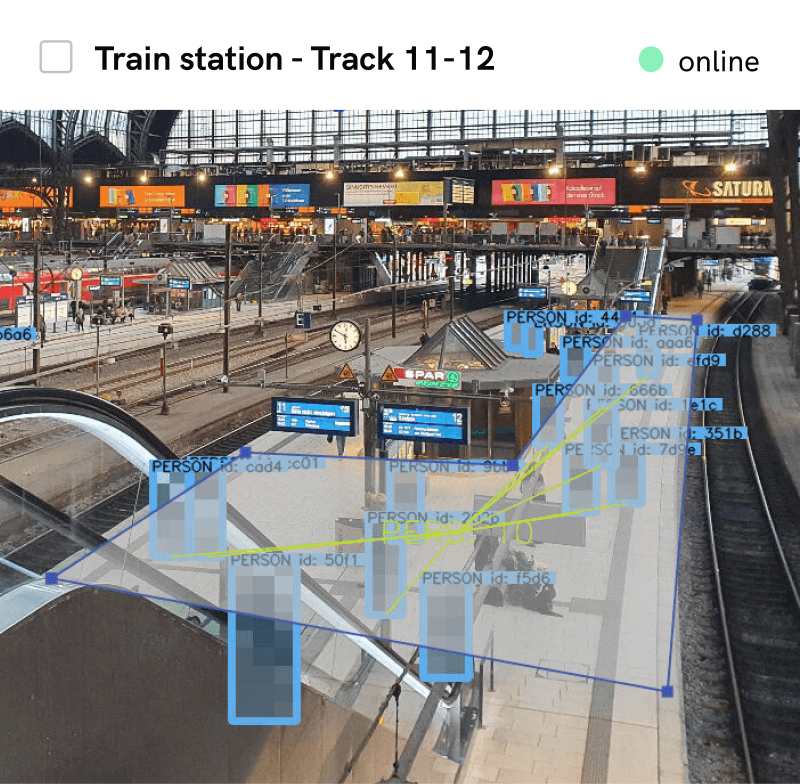

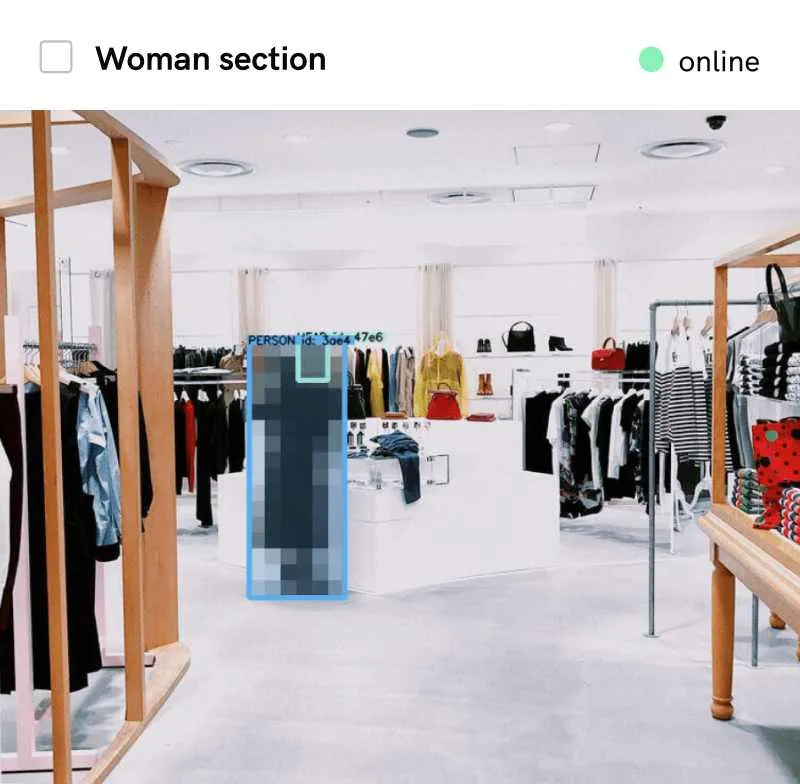
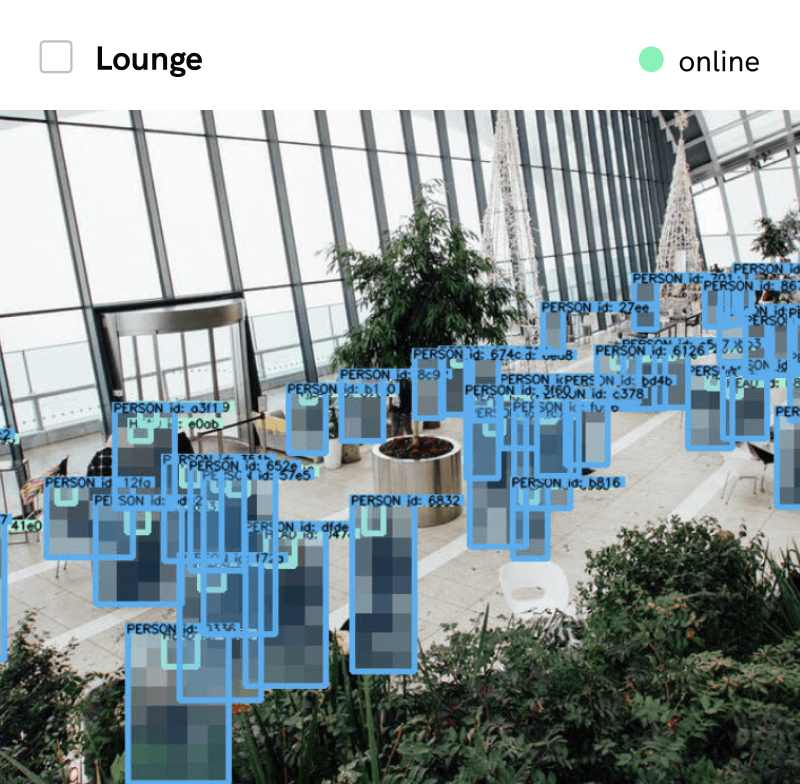
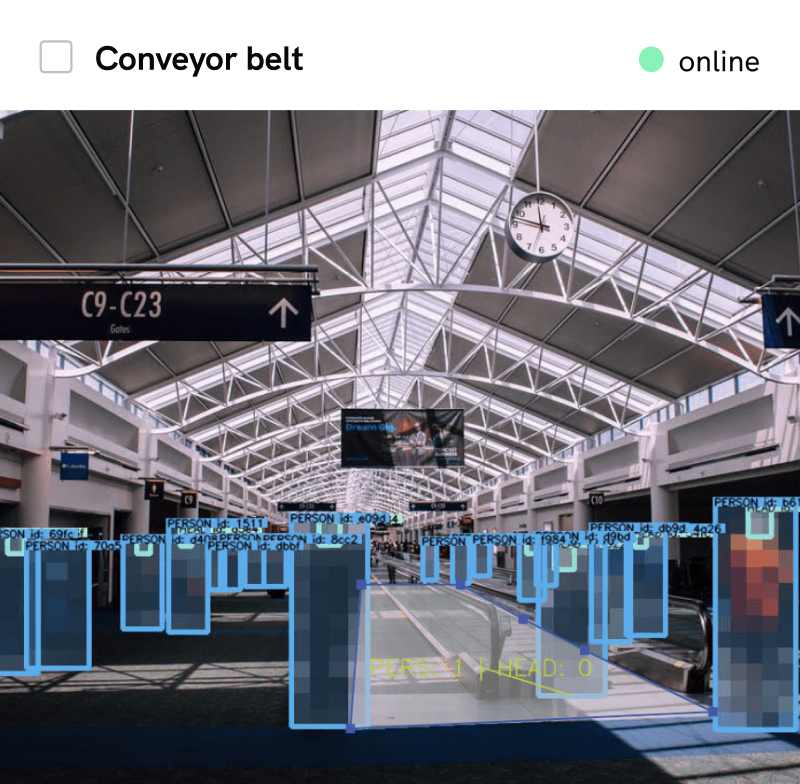




.webp)